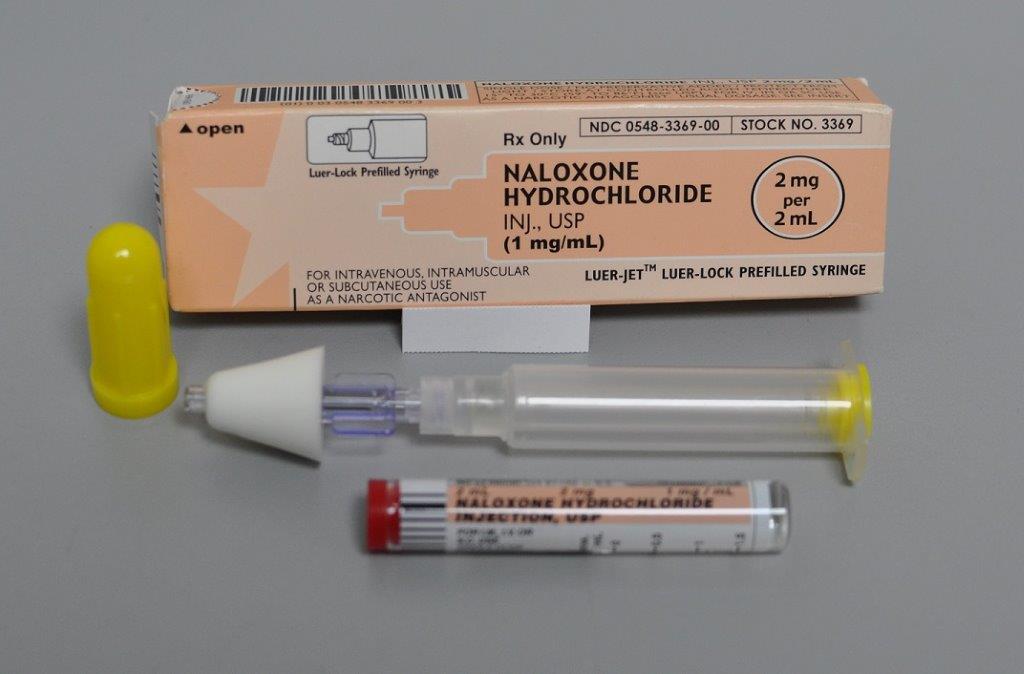B.C. reports highest-ever monthly total of illicit drug deaths in May 2020
The BC Coroners Service has published updated reports on illicit drug toxicity deaths and fentanyl-detected drug deaths to the end of May 2020.
The 170 illicit drug toxicity deaths reported in May mark the highest monthly total ever in British Columbia.
“It is both sad and deeply frustrating to see the number of illicit drug deaths reach a new high in B.C. four years after the declaration of a public health emergency,” said Lisa Lapointe, chief coroner. “Despite the many collective efforts directed at this crisis, the toxic drug supply continues to take the lives of our family members, friends and colleagues.
“We still know that illicit drug toxicity death rates in B.C. remain the highest for any jurisdiction in Canada, and every region in B.C. has been impacted. That said, were it not for the dedicated efforts taken to date, the death toll would be higher. We must continue to build on further access to safe supply in B.C. and for a regulated, evidence-based, supportive treatment and recovery system as important pillars in preventing future deaths.”
The illicit drug toxicity death total of 170 for May 2020 surpasses the previous high of 161 reported in December 2016. British Columbia has recorded three consecutive months with over 100 illicit drug toxicity deaths.
“The number of people who we’ve lost – not this past month, but over the past four years – is unfathomable and heartbreaking,” said Guy Felicella, peer clinical advisor with BC Centre on Substance Use and the provincial Overdose Emergency Response Centre. “More British Columbians died of overdose in one month than died in the whole first wave of COVID-19. All British Columbians should collectively share our grief and urge action to improve access to safer supply so people can get the help they need.”
There have been 554 illicit drug deaths to date in 2020 in British Columbia.
“These tragic deaths are a potent reminder that we must persevere with the many interventions in place and continue in our efforts to reduce harm and stigma, stop overdoses and care for people with addiction,” said Dr. Bonnie Henry, provincial health officer. “The overdose crisis is taking a toll on families and communities across this province, and we know the second public health emergency of COVID-19 is adding additional challenges. There is no simple solution, but we remain committed to doing all we can to support people who use drugs, as well as their families, friends and loved ones.”
Post-mortem toxicology testing data published in this most recent report suggest an increase in the number of cases with extreme fentanyl concentrations in April and May 2020 compared with previous months.
“The drug supply is unpredictable and highly toxic, and has led to a sustained increase in fatal and non-fatal overdoses from smoking and injection in recent months,” said Dr. Jane Buxton, harm reduction lead for the BC Centre for Disease Control. “COVID-19 has added challenges and people may be feeling more isolated and anxious, but it’s important to continue to buddy up, or access local overdose prevention and supervised consumption services during this time.”
Other key findings of these drug death reports, based on preliminary data, include:
- In May 2020, there were 170 suspected illicit drug toxicity deaths. This represents a 93% increase over the number of deaths in May 2019 (88) and a 44% increase over the number of deaths in April 2020 (118).
- In April and May 2020, approximately 19% of cases had extreme fentanyl concentrations (exceeding 50ug/L) as compared to 9% between January 2019 and March 2020.
- The townships experiencing the highest number of illicit drug toxicity deaths in 2020 are Vancouver, Surrey and Victoria.
- The Northern Health Authority has the highest rate of illicit drug toxicity deaths (32 deaths per 100,000 individuals), followed by Vancouver Coastal Health Authority (29 deaths per 100,000) in 2020. Overall, the rate in B.C. is 26 deaths per 100,000 in 2020.
- In 2020, 70% of those dying were aged 19 to 49, and males accounted for 80% of deaths this year to date.
- In 2020, 85% of illicit drug toxicity deaths occurred inside and 13% occurred outside.
- No deaths have been reported at supervised consumption or drug overdose prevention sites.
Quick Facts:
- The BC Centre for Disease Control recently posted an alert on increased drug toxicity reported throughout B.C. with spikes in fatal and non-fatal overdose events through smoking and injecting.
- The Provincial Health Services Authority launched its new Lifeguard app to help prevent overdoses last month, a made-in-B.C. resource to reduce risk for people who use substances.
- According to BC Emergency Health Services, paramedics respond to an average of 2,000 overdose calls per month in British Columbia. There have been no significant changes in that overdose call volume in 2020, aside from a slight increase in May (just over 2,300 calls).
Learn More:
Illicit drug overdose death report:
https://www2.gov.bc.ca/assets/gov/birth-adoption-death-marriage-and-divorce/deaths/coroners-service/statistical/illicit-drug.pdf
Fentanyl-detected death report:
https://www2.gov.bc.ca/assets/gov/birth-adoption-death-marriage-and-divorce/deaths/coroners-service/statistical/fentanyl-detected-overdose.pdf
Toward the Heart: http://www.towardtheheart.com
Stop Overdose BC: https://www.stopoverdose.gov.bc.ca
BC Centre on Substance Use: http://www.bccsu.ca
Risk mitigation prescribing guidelines in the context of dual public health emergencies:
https://www.bccsu.ca/wp-content/uploads/2020/04/Risk-Mitigation-in-the-Context-of-Dual-Public-Health-Emergencies-v1.5.pdf
Lifeguard app:
http://www.phsa.ca/about/news-stories/news-releases/2020-news/new-lifeguard-app-launched-to-help-prevent-overdoses
BC Centre for Disease Control Overdose Response Indicators:
http://www.bccdc.ca/health-professionals/data-reports/overdose-response-indicators
























